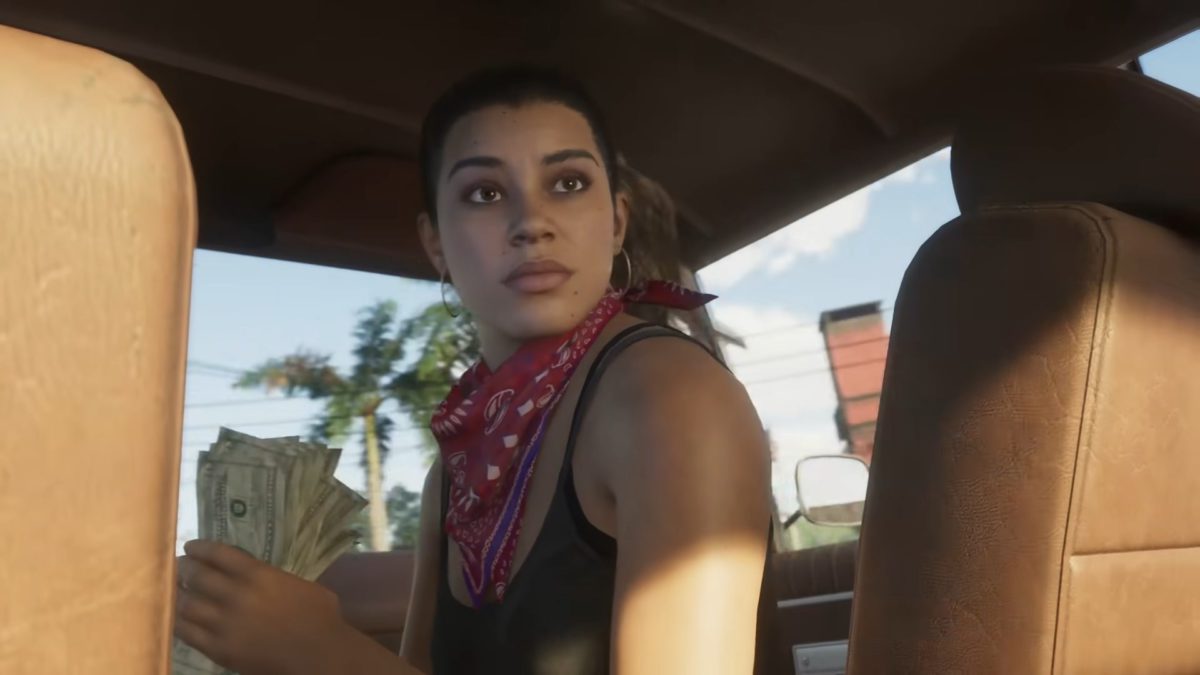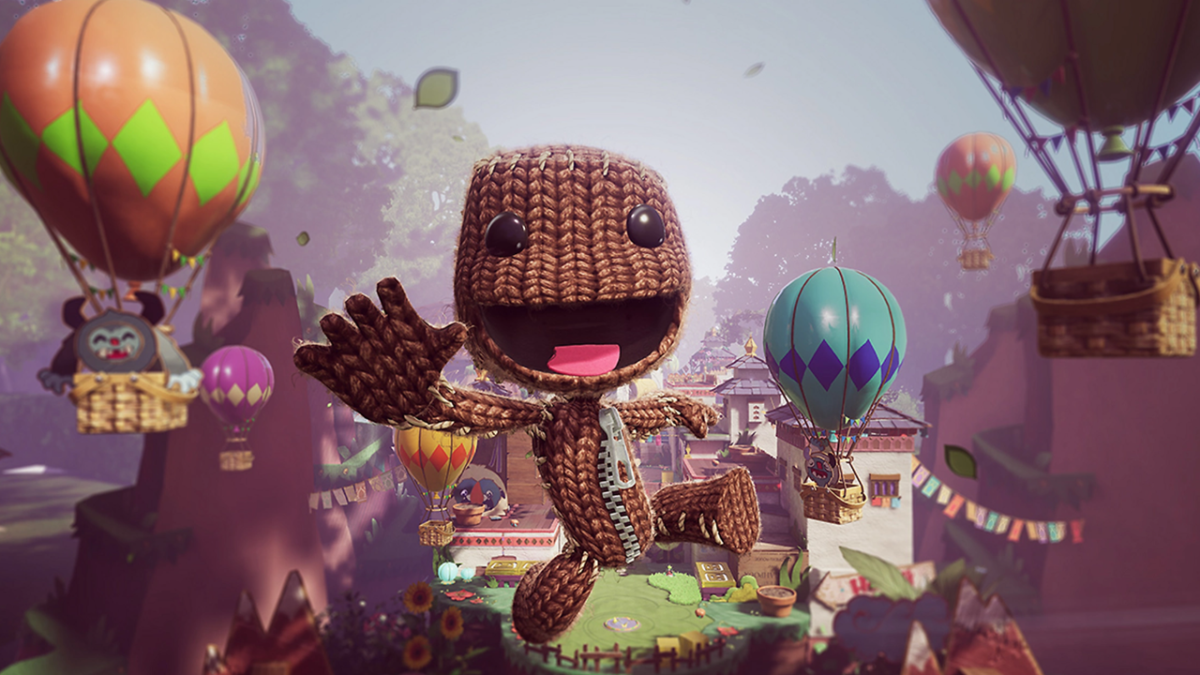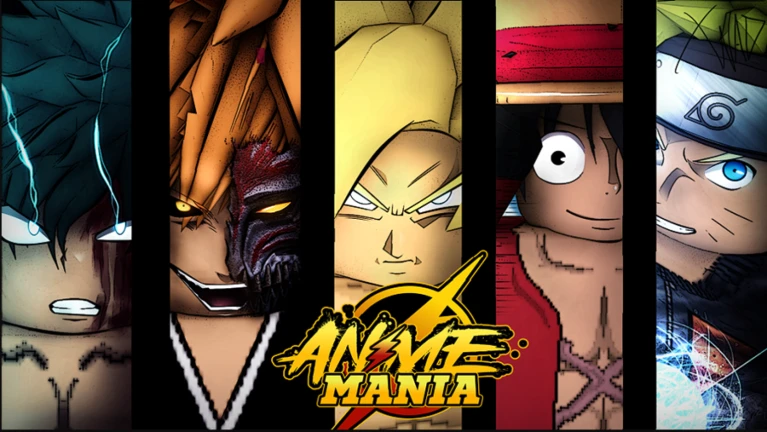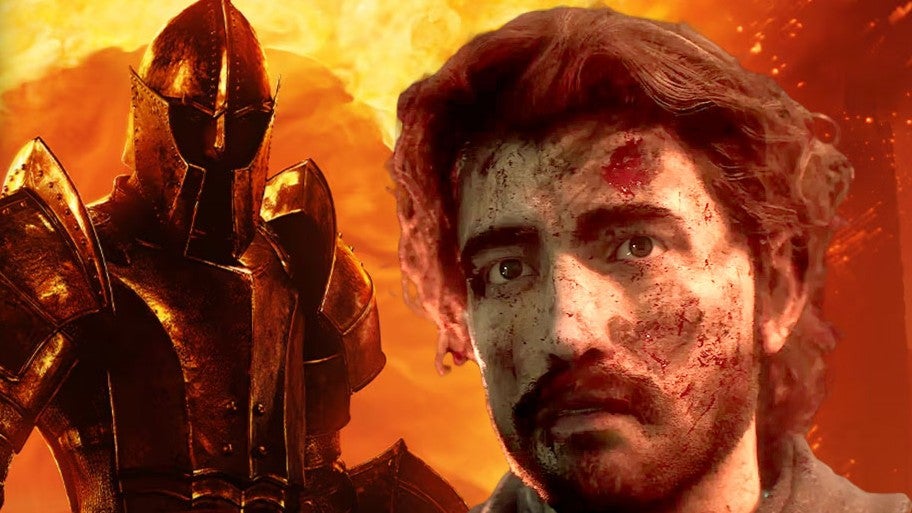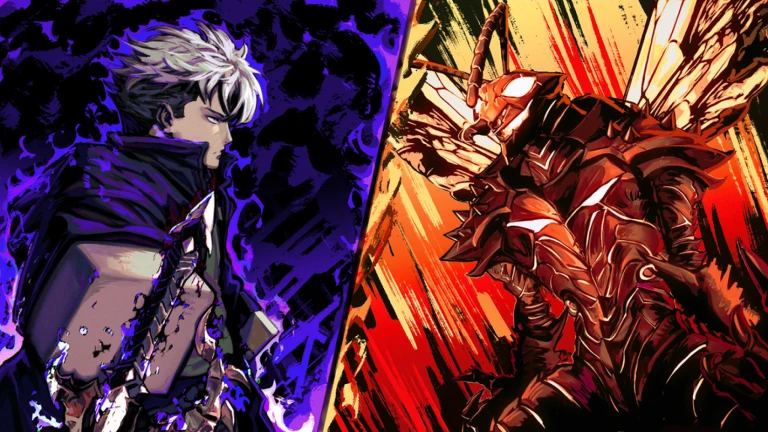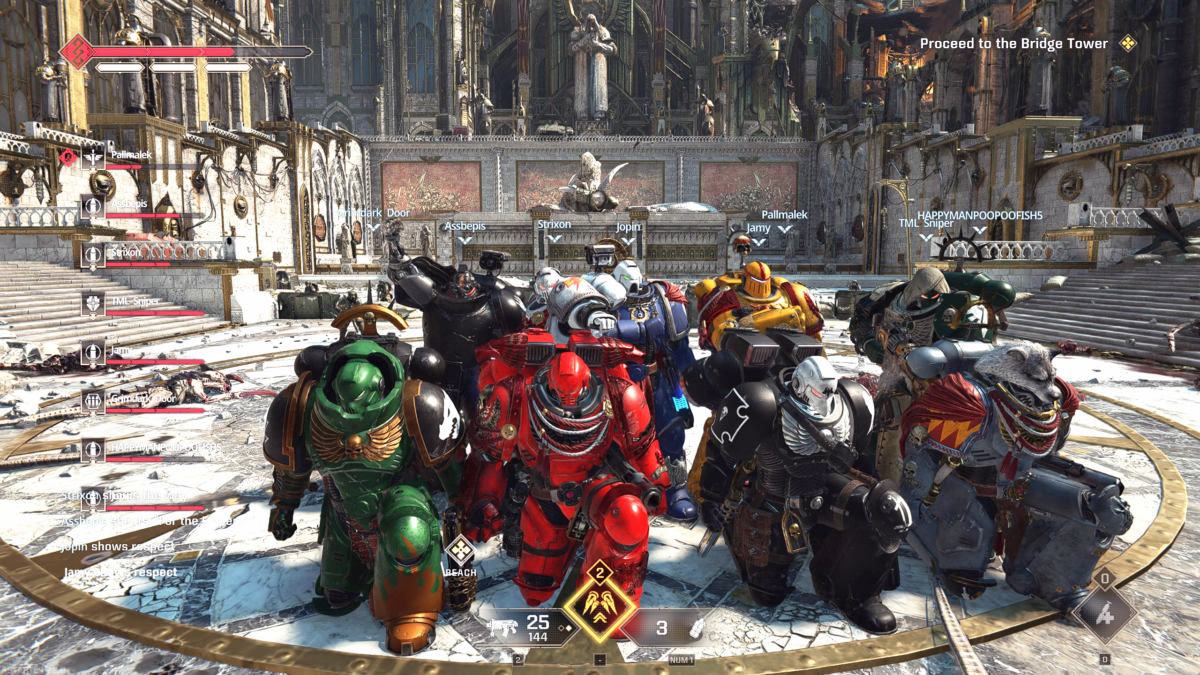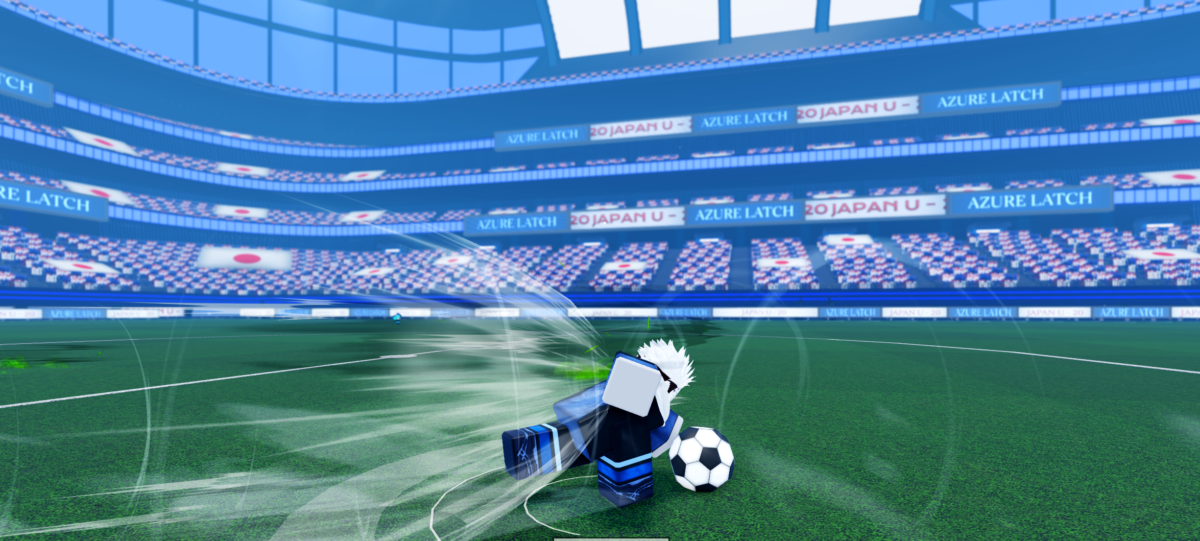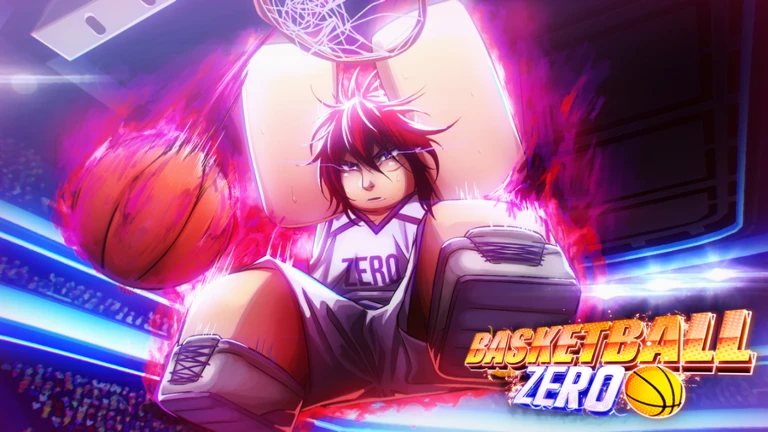
Ghost of Yotei, a follow-up to Ghost of Tsushima, is set to release exclusively for PS5 on October 2. It’s not exactly a sequel, in that the story is unrelated to the first game, but Yotei is a similar game that follows Atsu on a quest for vengeance against a gang of outlaws called the Yotei Six. Read on for the details about what comes in each edition, how much they cost, and more.
Ghost of Yotei – Standard Edition
- Get it at GameStop – $69.99
- Get it at Best Buy – $69.99
- Get it at PS Store (digital) – $69.99
- Get it at Amazon – Not yet live
The standard edition comes with the game itself, plus the preorder bonus (detailed below).
Ghost of Yotei – Digital Deluxe Edition
- Get it at PS Store – $79.99
The digital deluxe edition comes with a digital copy of the game, plus the following in-game items:
- The Snake armor
- Digital deluxe armor dye
- Digital deluxe horse and saddle
- Sword kit
- Charm
- Traveler’s Maps (early unlock)
Ghost of Yotei – Collector’s Edition
- Get it at PS Direct – $249.99
The PS Direct-exclusive collector’s edition comes with a digital copy of the base game, plus the following extras:
Physical Items
- Ghost mask
- Papercraft ginkgo tree
- Zeni haiki coin game & pouch
- Tsuba
- Sash
- Art cards
In-Game Digital Items
- The Snake armor
- Digital deluxe armor dye
- Digital deluxe horse and saddle
- Sword kit
- Charm
- Traveler’s Maps (early unlock)
Ghost of Yotei Preorder Bonus
Preorder Ghost of Yotei, and you’ll receive the following digital extras:
- 7 PSN avatars: Atsu and the Yotei Six
- In-game mask
What Is Ghost of Yotei?
Ghost of Yotei follows a character named Atsu, after a gang called the Yotei Six has killed her family and left her for dead. Your job, as Atsu, is to find and kill all members of the Yotei Six. It’s all very Kill Bill of course, but that movie was inspired by older marital arts action movies, so Ghost of Yotei fits in a long tradition of revenge stories.
Along the way, Atsu will meet various allies and find new weapons. It’s an open-world game, and it’s up to you to decide which way you want to go, which leads to follow, and in what order you want to dispatch the Yotei Six.
Other Preorder Guides
Chris Reed is a deals expert and commerce editor for IGN. You can follow him on Bluesky @chrislreed.com.





